Installing Solar Powered LED Spot Lights: Step-by-Step Guide and Tips
Solar-powered LED spot lights are an excellent choice for homeowners seeking to enhance their outdoor spaces with energy-efficient, eco-friendly illumination. These lights harness solar energy to highlight landscapes, illuminate pathways, or boost security without increasing electricity costs. Installing solar LED spot lights is straightforward, but proper setup ensures optimal performance and longevity. This step-by-step guide, enriched with expert tips and solutions to common installation challenges, will help you successfully install your solar outdoor lighting system while addressing practical concerns often raised in online forums like Quora.
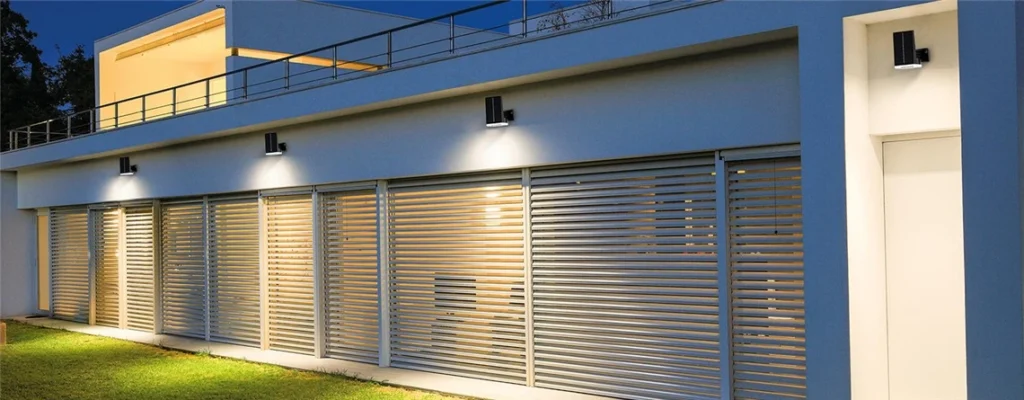
Why Choose Solar-Powered LED Spot Lights?
Solar-powered LED spot lights offer numerous benefits. They rely on solar energy, reducing your carbon footprint and eliminating electricity bills. LED bulbs are energy-efficient, consuming up to 80% less power than traditional bulbs, making them ideal for solar outdoor lighting. Their focused beams are perfect for accentuating garden features, illuminating driveways, or enhancing security lighting. Additionally, these lights are wireless, simplifying installation and allowing placement in remote areas without access to power lines.
A 2024 renewable energy report highlights that solar-powered lights can reduce outdoor lighting energy consumption by 15–20%, making them a sustainable choice for eco-conscious homeowners. With proper installation and maintenance, solar LED spot lights can provide reliable illumination for years.
Tools and Materials Needed
Before starting, gather the following:
- Solar-powered LED spot lights (with included solar panels and batteries)
- Mounting hardware (screws, stakes, or brackets, typically included)
- Screwdriver or drill
- Measuring tape
- Soft cloth and mild soap for cleaning
- Optional: multimeter (to test solar panel output), silicone sealant (for weatherproofing)
Ensure your solar spot lights have an IP65 or higher rating for weather resistance, suitable for outdoor solar lighting in various climates.
Step-by-Step Guide to Installing Solar-Powered LED Spot Lights
Step 1: Plan Your Lighting Layout
Careful planning is key to a successful solar outdoor lighting installation. Consider:
- Purpose: Are you using solar LED spot lights for security lighting, landscape lighting, or pathway lighting? For example, high-lumen lights (800–2000 lumens) suit security, while 100–300 lumens work for decorative garden lighting.
- Sunlight Exposure: Solar panels need 6–8 hours of direct sunlight daily. Identify unshaded areas, avoiding trees, buildings, or overhangs.
- Aesthetic and Coverage: Position spot lights to highlight focal points, such as trees, statues, or entryways. Space lights 6–10 feet apart for pathway lighting or 10–20 feet for landscape lighting to avoid over-illumination.
Use a measuring tape to map out placement, ensuring solar panels and lights are strategically positioned for both function and aesthetics.
Step 2: Choose the Optimal Location for Solar Panels
The efficiency of solar-powered LED spot lights depends on solar panel placement. Key considerations:
- Angle and Orientation: Tilt the panel to match your location’s latitude (e.g., 35–45 degrees in most U.S. regions) and face it south (in the Northern Hemisphere) for maximum solar energy capture, as recommended by the U.S. Department of Energy.
- Avoid Shadows: Even partial shade can reduce charging efficiency by 20–30%, per a 2023 solar study. Trim overhanging branches or choose elevated mounting spots.
- Separate vs. Integrated Panels: Some solar spot lights have integrated panels, while others use separate panels connected by cables. For separate panels, mount them on poles or roofs for better sunlight access.
Test the location by placing the solar panel in the chosen spot for a day to ensure adequate charging before permanent installation.
Step 3: Mount the Solar Panels
- Secure the Panel: Use the provided mounting hardware to attach the solar panel to a stake, pole, or wall. Ensure it’s stable and angled correctly.
- Connect Cables: For separate panels, run weatherproof cables to the light fixture, keeping them taut to avoid tripping hazards. Use cable clips or conduits for a tidy appearance.
- Test Output: If you have a multimeter, verify the panel produces 1.5–2V (for 1.2V systems) in direct sunlight to confirm functionality.
Step 4: Install the LED Spot Lights
- Position the Lights: For landscape lighting, angle solar LED spot lights to highlight features like shrubs or sculptures. For security lighting, aim them at entry points or dark corners. For pathway lighting, place stakes along walkways, ensuring even spacing.
- Mount Securely: Use ground stakes for soft soil or screws for wall-mounted lights. Tighten all connections to withstand wind and weather.
- Adjust Angles: Most solar spot lights have adjustable heads. Experiment with angles to achieve the desired illumination effect, such as uplighting for trees or downlighting for paths.
Step 5: Connect and Test the System
- Connect Components: Link the solar panel to the battery and light fixture via the charge controller, ensuring proper polarity (positive to positive, negative to negative).
- Charge the Battery: Allow the solar lighting system to charge for 8–12 hours in direct sunlight before first use.
- Test Operation: Cover the solar panel to simulate nighttime and check if the solar LED lights turn on. For solar motion sensor spot lights, test the detection range (typically 10–30 feet) by walking in front of the sensor.
Step 6: Weatherproof and Secure
To ensure durability:
- Seal Connections: Apply silicone sealant around cable entry points and battery compartments to prevent water ingress, especially for outdoor solar lighting in rainy climates.
- Check IP Rating: Confirm your solar spot lights have an IP65 or higher rating to resist rain, snow, and dust.
- Secure Cables: Bury or cover cables to protect them from lawnmowers or foot traffic, enhancing safety and aesthetics.
Expert Tips for Successful Installation
- Maximize Sunlight: If sunlight is limited, consider solar spot lights with separate panels for flexible placement, as seen in premium models from brands like Bitpott.
- Choose High-Efficiency LEDs: Opt for solar LED lights with 100–150 lumens per watt for brighter output and longer battery life.
- Use Motion Sensors: Solar motion sensor spot lights conserve energy by activating only when needed, ideal for security lighting.
- Test in Winter: Adjust panel angles seasonally, as winter sunlight is lower. A 2024 solar energy study suggests increasing the tilt by 10–15 degrees in winter for better performance.
- Clean Regularly: Wipe solar panels monthly with a soft cloth and mild soap to maintain efficiency, as dirt can reduce output by up to 25%.
Common Installation Challenges and Solutions
Online communities like Quora often highlight practical installation issues. Here are solutions to common problems:
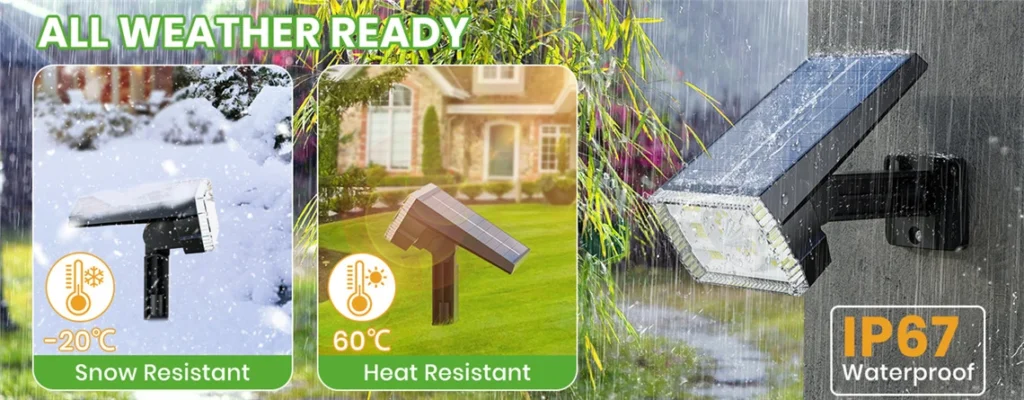
- Problem: Lights Don’t Turn On: Ensure the solar panel is clean and unshaded. Check battery connections and voltage (1.2V for NiMH, 3.7V for lithium-ion). Replace faulty batteries if needed.
- Problem: Dim or Flickering Lights: This often indicates a weak battery or insufficient charging. Test the solar panel output and replace batteries with high-capacity NiMH or lithium-ion models.
- Problem: Water Damage: If lights fail after rain, inspect the battery compartment for leaks. Dry thoroughly and apply silicone sealant. Choose solar spot lights with IP67 ratings for better protection.
- Problem: Poor Motion Sensor Performance: Adjust the sensor’s sensitivity or range. Ensure no obstructions block the sensor, and clean it to remove dust or spider webs.
- Problem: Uneven Illumination: Reposition solar LED spot lights to balance light distribution. For landscape lighting, use multiple low-lumen lights instead of one high-lumen light for a softer effect.
Maintenance Tips for Long-Lasting Solar Spot Lights
To keep your solar-powered LED spot lights performing optimally:
- Clean Panels Regularly: Dust or debris can reduce solar energy capture. Clean every 1–2 months, especially in dusty or pollen-heavy areas.
- Check Batteries Annually: Replace rechargeable batteries every 2–5 years, as they lose capacity over time. Use high-quality NiMH or lithium-ion batteries for solar outdoor lighting.
- Inspect Weatherproofing: Reapply sealant as needed to protect against moisture, especially for solar security lights in exposed locations.
- Store in Winter: In regions with limited winter sunlight, store solar spot lights indoors to extend battery life.
- Monitor Performance: If lights dim or fail, use a multimeter to diagnose solar panel or battery issues early.
Unique Installation Ideas
For a standout solar outdoor lighting setup, consider creative approaches. Pair solar LED spot lights with reflective garden elements, like white stones or mirrors, to amplify light in small spaces, a trick shared in DIY forums. Alternatively, mount solar panels on decorative structures, such as pergolas or trellises, to blend functionality with aesthetics. Some solar motion sensor spot lights from brands like Bitpott integrate with smart home systems, allowing app-controlled adjustments for brightness or motion sensitivity, enhancing convenience.
Environmental and Cost Benefits
Installing solar-powered LED spot lights is both eco-friendly and cost-effective. A single solar spot light can save 30–50 kWh annually compared to a 60W incandescent bulb, equating to $5–10 in savings, depending on energy rates. By using solar energy, you reduce reliance on fossil fuels, supporting sustainability goals. Additionally, solar LED lights require minimal maintenance, and their wireless design eliminates costly electrical installations.
Conclusion
Installing solar-powered LED spot lights is a rewarding project that enhances your outdoor space while promoting sustainability. By following this step-by-step guide—planning your layout, optimizing solar panel placement, securing components, and addressing common challenges—you can achieve a reliable solar lighting system. With expert tips and regular maintenance, your solar LED spot lights will provide vibrant landscape lighting, pathway lighting, or security lighting for years. Embrace solar outdoor lighting today to create a brighter, greener future for your home.

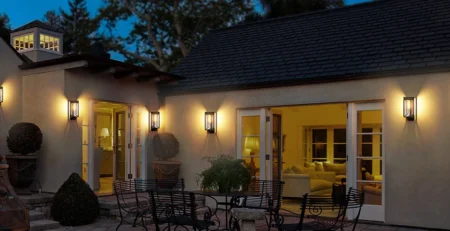
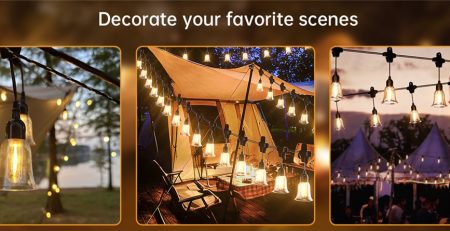
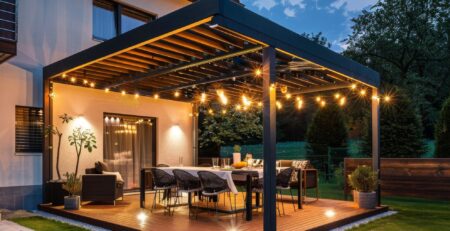

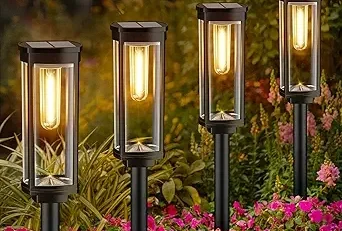
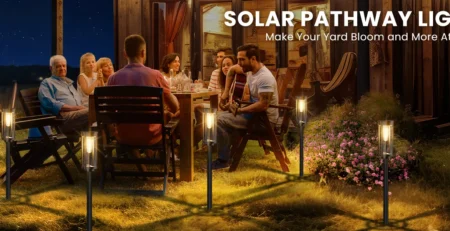
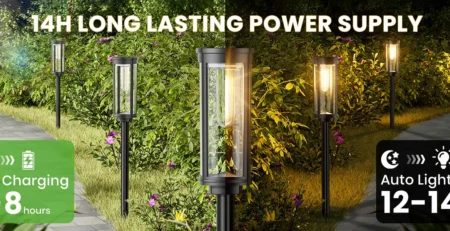
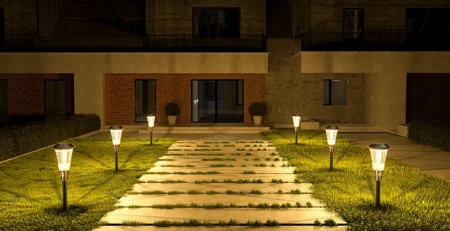
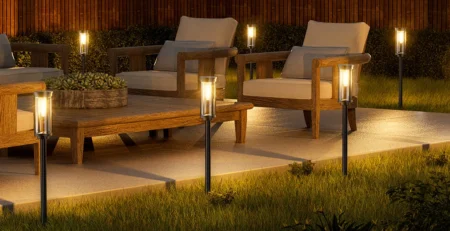
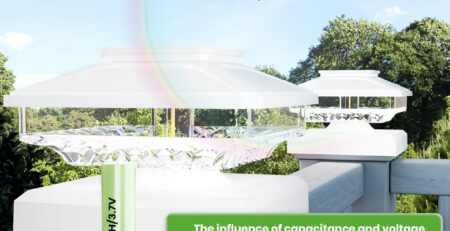
Leave a Reply